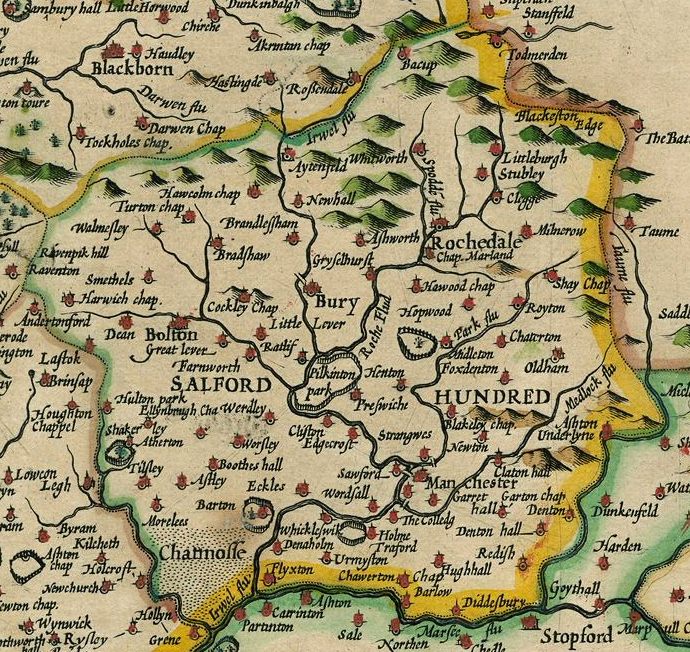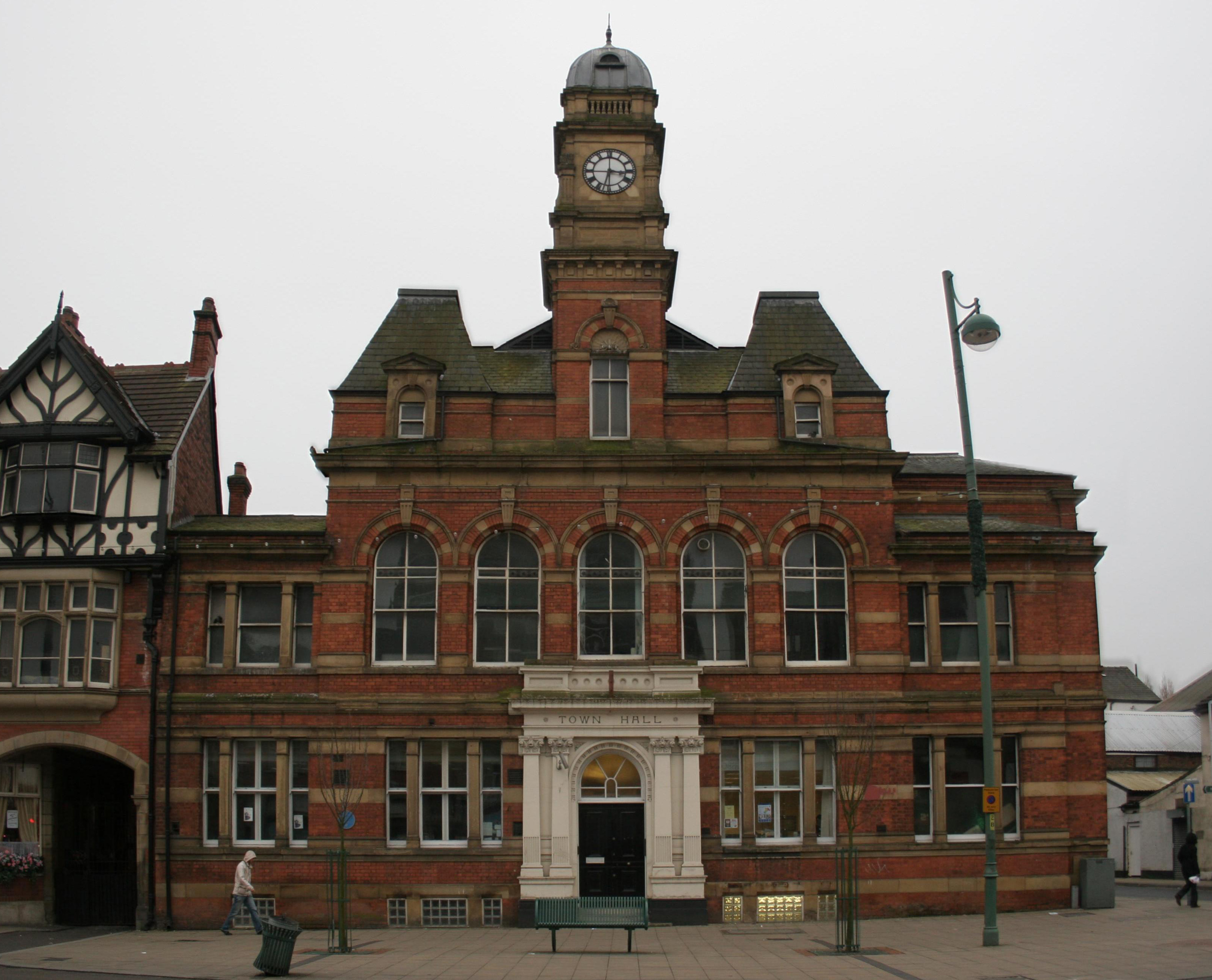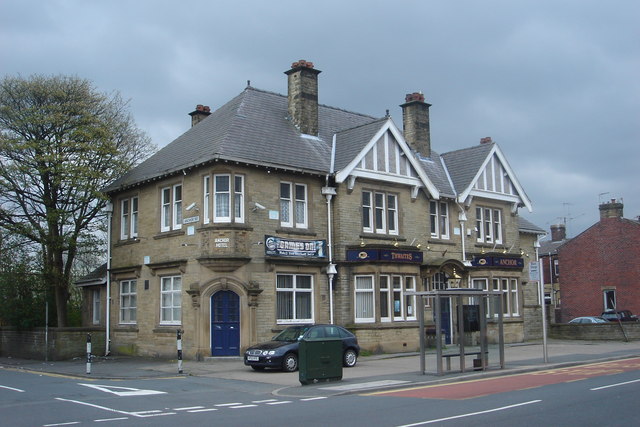|
Clifton, Greater Manchester
Clifton is a suburb of Swinton in the City of Salford in Greater Manchester, England. It lies along the edge of Irwell Valley in the north of the City of Salford. Historically in Lancashire, it was a centre for coal mining, and once formed part of the Municipal Borough of Swinton and Pendlebury. History Clifton is derived from the Old English ''clif'' and ''tun'', and means the "settlement near a cliff, slope or riverbank". Clifton was mentioned in the Pipe Roll of 1183–84. Coal mining Clifton Hall Colliery was west of Lumns Lane, on the site now occupied by a domestic refuse and recycling site run by the Greater Manchester Waste Disposal Authority. The colliery was operating by 1820, and its tramway is shown on a parliamentary plan from 1830 and an 1845 map. It closed in 1929. On 18 June 1885, an underground explosion at the colliery killed 178 men and boys. The inquest and the official report concluded that explosion was caused by firedamp igniting on contact with a cand ... [...More Info...] [...Related Items...] OR: [Wikipedia] [Google] [Baidu] |
City Of Salford
The City of Salford () is a metropolitan borough within Greater Manchester, England. The borough is named after its main settlement, Salford. The borough covers the towns of Eccles, Swinton, Walkden and Pendlebury, as well as the villages and suburbs of Monton, Little Hulton, Boothstown, Ellenbrook, Clifton, Cadishead, Pendleton, Winton and Worsley. The borough has a population of 270,000, and is administered from the Salford Civic Centre in Swinton. Salford is the historic centre of the Salford Hundred an ancient subdivision of Lancashire. The City of Salford is the 5th-most populous district in Greater Manchester. The city's boundaries, set by the Local Government Act 1972, include five former local government districts. It is bounded on the southeast by the River Irwell, which forms part of its boundary with Manchester to the east, and by the Manchester Ship Canal to the south, which forms its boundary with Trafford. The metropolitan boroughs of Wigan, Bolton, and ... [...More Info...] [...Related Items...] OR: [Wikipedia] [Google] [Baidu] |
Albert Medal (lifesaving)
The Albert Medal for Lifesaving was a British medal awarded to recognize the saving of life. It has since been replaced by the George Cross. The Albert Medal was first instituted by a royal warrant on 7 March 1866. It was named in memory of Prince Albert and originally was awarded to recognize saving life at sea. The original medal had a blue ribbon " (16 mm) wide with two white stripes. A further royal warrant in 1867 created two classes of Albert Medal, the first in gold and bronze and the second in bronze, both enamelled in blue, and the ribbon of the first class changed to 1 " (35 mm) wide with four white stripes. The medal was made of gold (although early examples are gold and bronze), which was enameled blue. There were miniatures of all four types (two classes each for sea and land, with the gold awards believed to be gilt. The first recipient of the medal was Samuel Popplestone, a tenant farmer, who on 23 March 1866 helped to rescue four men after the cargo ... [...More Info...] [...Related Items...] OR: [Wikipedia] [Google] [Baidu] |
Kearsley Urban District
Kearsley was, from 1865 to 1974, a local government district centred on the town of Kearsley in the administrative county of Lancashire, England. History Kearsley was a township in the civil and ecclesiastical parish of Deane in the Salford Hundred of Lancashire. The township became part of the Bolton Poor Law Union on 1 February 1837 which took responsibility for funding the Poor Law within that Union area. In 1865, a local board of health was adopted for the township of Kearsley. The following year, Kearsley was also given the status of a civil parish. After the Public Health Act 1875 was passed by Parliament in that year, Kearsley Local Board assumed extra duties as an urban sanitary district, although the Local Board's title did not change. Following the implementation of the Local Government Act 1894, Kearsley Local Board was replaced by an elected urban district council of twelve members. Kearsley Urban District Council originally had just two electoral wards: East and ... [...More Info...] [...Related Items...] OR: [Wikipedia] [Google] [Baidu] |
Salford (hundred)
The Salford Hundred (also known as Salfordshire) was one of the subdivisions of the historic county of Lancashire, in Northern England (see:Hundred (county division). Its name alludes to its judicial centre being the township of Salford (the suffix ''-shire'' meaning the territory was appropriated to the prefixed settlement). It was also known as the Royal Manor of Salford and the Salford wapentake.. Origins The Manor or Hundred of Salford had Anglo-Saxon origins. The ''Domesday Book'' recorded that the area was held in 1066 by Edward the Confessor. Salford was recorded as part of the territory of ''Inter Ripam et Mersam'' or "Between Ribble and Mersey", and it was included with the information about Cheshire, though it cannot be said clearly to have been part of Cheshire. The area became a subdivision of the County Palatine of Lancaster (or Lancashire) on its creation in 1182. Salford Hundred Court In spite of its incorporation into Lancashire, Salford Hundred retained a se ... [...More Info...] [...Related Items...] OR: [Wikipedia] [Google] [Baidu] |
Eccles, Greater Manchester
Eccles () is a town in the City of Salford in Greater Manchester, England, west of Salford and west of Manchester, split by the M602 motorway and bordered by the Manchester Ship Canal to the south. The town is famous for the Eccles cake. Eccles grew around the 13th-century Parish Church of St Mary. Evidence of pre-historic human settlement has been discovered locally, but the area was predominantly agricultural until the Industrial Revolution, when a textile industry was established in the town. The arrival of the Liverpool and Manchester Railway, the world's first passenger railway, led to the town's expansion along the route of the track linking those two cities. History Toponymy The derivation of the name is uncertain, but two suggestion have been proposed. The received one is that the "Eccles" place-name is derived from the Romano-British ''Ecles'' or ''Eglys'' ("eglwys" in Welsh means "church"), which in turn is derived from the Ancient Greek Ecclesia via the La ... [...More Info...] [...Related Items...] OR: [Wikipedia] [Google] [Baidu] |
Ecclesiastical Parish
A parish is a territorial entity in many Christianity, Christian denominations, constituting a division within a diocese. A parish is under the pastoral care and clerical jurisdiction of a priest#Christianity, priest, often termed a parish priest, who might be assisted by one or more curates, and who operates from a parish church. Historically, a parish often covered the same geographical area as a Manorialism, manor. Its association with the parish church remains paramount. By extension the term ''parish'' refers not only to the territorial entity but to the people of its community or congregation as well as to church property within it. In England this church property was technically in ownership of the parish priest ''Ex officio member, ex-officio'', vested in him on his institution to that parish. Etymology and use First attested in English in the late, 13th century, the word ''parish'' comes from the Old French ''paroisse'', in turn from la, paroecia, the Latinisation ... [...More Info...] [...Related Items...] OR: [Wikipedia] [Google] [Baidu] |
Magnesium Elektron Ltd
Magnesium Elektron Ltd (MEL or the Mag) is a British materials manufacturer which produces magnesium and zirconium metals and compounds. Since 2018 it has traded as Luxfer MEL Technologies, following a series of mergers and acquisitions. It is still based in Manchester. History The company was founded in 1934, as the British Magnesium (Elektronmetal) Ltd. In 1935 it became Magnesium Elektron Ltd, formed as a joint venture between ICI (48%), I.G. Farbenindustrie (30%) and F.A. Hughes & Co (22%). It started by producing Elektron (or Elektronmetall) under licence. Elektron was first developed in 1908 by Gustav Pistor and Wilhelm Moschel at the Bitterfeld works of Chemische Fabrik Griesheim-Elektron (CFGE or CFG), whose headquarters was in Griesheim am Main, Germany. In 1936, the company opened a factory on Lumns Lane at Clifton Junction, to the north west of Manchester, to produce magnesium metal. A second plant near Burnley began operation in 1943. During the Second World ... [...More Info...] [...Related Items...] OR: [Wikipedia] [Google] [Baidu] |
Chloride Electrical Storage Company
The chloride ion is the anion (negatively charged ion) Cl−. It is formed when the element chlorine (a halogen) gains an electron or when a compound such as hydrogen chloride is dissolved in water or other polar solvents. Chloride salts such as sodium chloride are often very soluble in water.Green, John, and Sadru Damji. "Chapter 3." ''Chemistry''. Camberwell, Vic.: IBID, 2001. Print. It is an essential electrolyte located in all body fluids responsible for maintaining acid/base balance, transmitting nerve impulses and regulating liquid flow in and out of cells. Less frequently, the word ''chloride'' may also form part of the "common" name of chemical compounds in which one or more chlorine atoms are covalently bonded. For example, methyl chloride, with the standard name chloromethane (see IUPAC books) is an organic compound with a covalent C−Cl bond in which the chlorine is not an anion. Electronic properties A chloride ion (diameter 167 pm) is much larger t ... [...More Info...] [...Related Items...] OR: [Wikipedia] [Google] [Baidu] |
Pilkington's Lancastrian Pottery & Tiles
Pilkington's Lancastrian Pottery & Tiles was a manufacturer of tiles, vases and bowls, based in Clifton near Pendlebury, Lancashire, England. The company was established in 1892 at Clifton Junction, alongside Fletcher's Canal. The company employed talented designers, the most famous of whom was Charles Voysey. Production of art pottery was stopped at the end of the 1930s, although tile production continued. Today the site is occupied by Pilkington's Group Plc. History In 1889 the Clifton and Kersley Coal Company sank a pair of pit shafts with the intention of working the coal seams lying adjacent to the geological feature known as the Pendleton Fault. However, the work became increasingly difficult due to the excessive quantity of water that was encountered. When it became clear that the work would not produce coal, the four Pilkington brothers decided to use the marl that had been encountered to make glazed bricks, however, the marl was found to be unsuitable for this purp ... [...More Info...] [...Related Items...] OR: [Wikipedia] [Google] [Baidu] |
Clifton Cricket Club
Clifton Cricket Club is an English cricket club based on Manchester Road (A666) in Clifton, Salford. The club were founder members of the Greater Manchester Cricket League (GMCL) in 2016 and play in that league's Premier division, finishing 3rd in the inaugural. season. Clifton's current Captain is former Lancashire and Derbyshire all rounder and wicketkeeper Gareth Cross Gareth David Cross (born 20 June 1984) is an English cricketer who plays as a right-handed batsman and wicket-keeper who occasionally bowls right arm medium-fast. He played for Lancashire from 2005 until his release in 2013, and the following yea .... References External links * Central Lancashire League cricket clubs Sport in the City of Salford Organisations based in Salford {{England-cricket-team-stub ... [...More Info...] [...Related Items...] OR: [Wikipedia] [Google] [Baidu] |
A666 Road
The A666 is a major road in Greater Manchester and Lancashire, England. Route The road runs from its junction with the A6, and A580 at the Irlams o' th' Height boundary with Pendlebury near Manchester, through Pendlebury, Clifton, Kearsley, Farnworth, Bolton, Darwen and Blackburn before meeting the A59 at Langho. Along the route are the West Pennine Moors, the Turton and Entwistle reservoir and the Entwistle reservoir forest. Road names Most common names The road is mostly known as Manchester Road, Bolton Road, or Blackburn Road, depending on which area it is in. Devil's Causeway It is sometimes referred to as the Devil's Highway or the Devil's Road because of Biblical associations of its number 666, and its high accident rate on the moors between Egerton and Darwen. St Peter's Way Officially, a short length from the A666(M) motorway and bypassing Farnworth to central Bolton is calleSt. Peter's Way Crash rate Because of a crash rate that was three times higher than ... [...More Info...] [...Related Items...] OR: [Wikipedia] [Google] [Baidu] |
Manchester To Preston Line
Manchester () is a city in Greater Manchester, England. It had a population of 552,000 in 2021. It is bordered by the Cheshire Plain to the south, the Pennines to the north and east, and the neighbouring city of Salford to the west. The two cities and the surrounding towns form one of the United Kingdom's most populous conurbations, the Greater Manchester Built-up Area, which has a population of 2.87 million. The history of Manchester began with the civilian settlement associated with the Roman fort (''castra'') of ''Mamucium'' or ''Mancunium'', established in about AD 79 on a sandstone bluff near the confluence of the rivers Medlock and Irwell. Historically part of Lancashire, areas of Cheshire south of the River Mersey were incorporated into Manchester in the 20th century, including Wythenshawe in 1931. Throughout the Middle Ages Manchester remained a manorial township, but began to expand "at an astonishing rate" around the turn of the 19th century. Manchester's unpla ... [...More Info...] [...Related Items...] OR: [Wikipedia] [Google] [Baidu] |






